Researchers applying optomechnical systems to help unlock vibrational secrets of chemical and biological samples at the nanoscale.
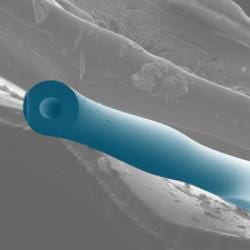

Researchers applying optomechnical systems to help unlock vibrational secrets of chemical and biological samples at the nanoscale.
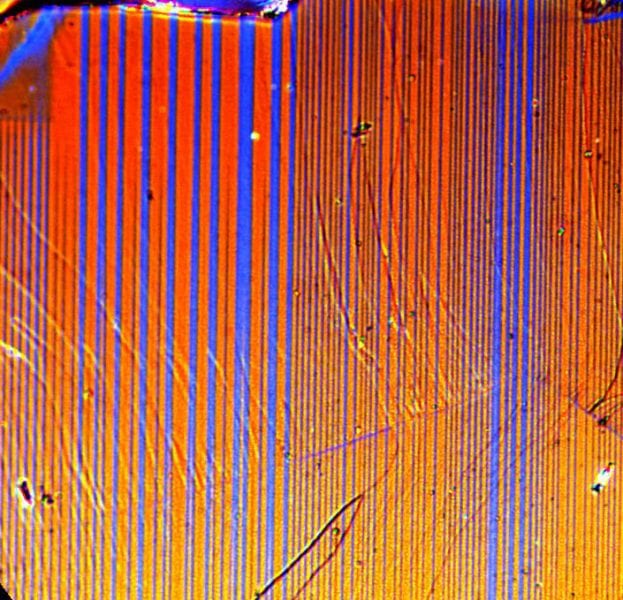
Physicists at the U.S. Department of Energy’s Ames Laboratory have discovered surprising changes in electrical resistivity in iron-based superconductors.
BASF New Business GmbH has acquired all shares of the technology company Deutsche Nanoschicht GmbH.
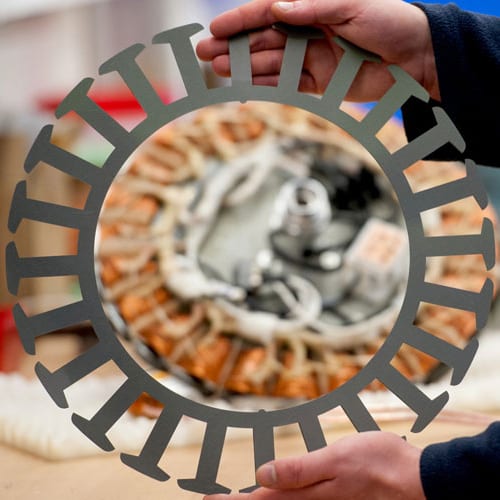
Soft magnetic steel is the core of a new generation of solar cars.
New organic PTT agent based on nano-micelles encapsulating a small non-fluorescent NIR-absorbing dye shows excellent tumor ablation without toxicity.
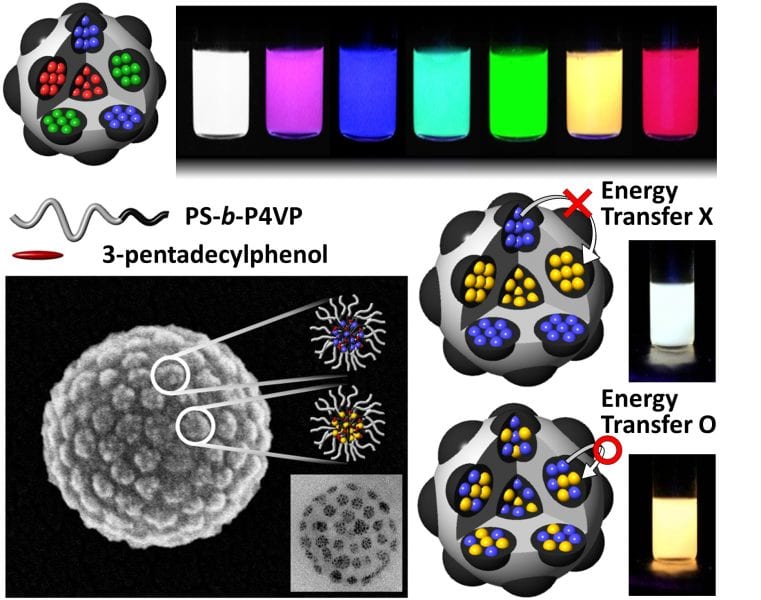
Controlled physical placement of quantum dots inside block copolymer microspheres determines the combined emission characteristics.
Researchers at NIST have reported the first observation of the “spin Hall effect” in a Bose-Einstein condensate.
LithFire-X has been awarded patent protection for a system to contain and extinguish lithium ion battery fires in electric energy storage configurations.
Lead nanoparticle-based product, NBTXR3, shows positive phase 1 intermin results in patients with Soft Tissue Sarcoma (STS).
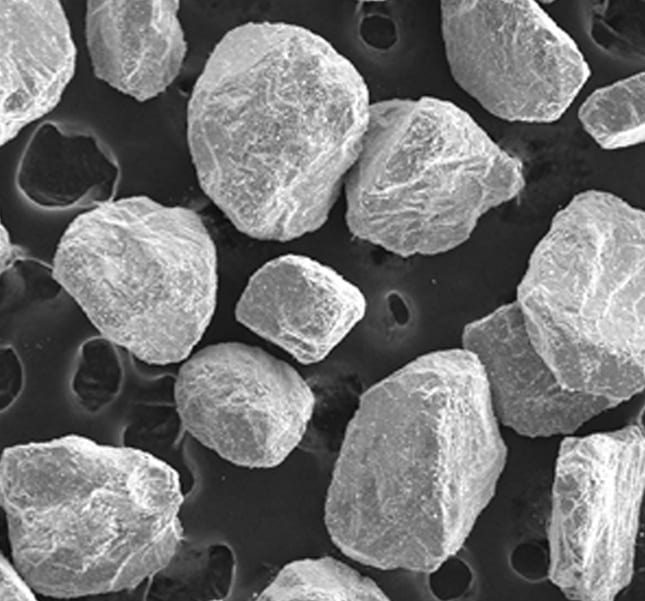
Procedure produces near-net-shape titanium components with superior mechanical properties and significantly reduced energy consumption and processing costs.